Regular maintenance helps your leaf vacuum work well all season. You can stop most problems by doing a few easy things. If you know how your leaf vacuum works, you make fewer mistakes. Anyone can do simple care. Even a machine like the Leaf Vacuum & Wood Chipper needs you to look after it.
Key Takeaways
Clean air filters, vents, and suction tubes after each use. This helps your leaf vacuum work well. It also stops damage from happening.
Vacuum dry leaves in small piles for best results. Change throttle settings to fit the job. This helps your machine work better and last longer.
Keep your leaf vacuum in a clean, dry place. Check it often while it is stored. This stops rust and keeps it ready to use.
Know Your Leaf Vacuum
Types of Leaf Vacuums
There are many leaf vacuums you can buy. Each one works best for certain yards. The main types are handheld, backpack, and walk-behind. Some need gas, while others use batteries or plug in. Look at the table below to see how they are different:
Feature/Aspect |
Gas-Powered Leaf Vacuums |
Electric Leaf Vacuums |
Other Model Types |
|---|---|---|---|
Power Source |
Gas engine |
Battery or corded electric |
Handheld, backpack, walk-behind |
Power & Performance |
High power, long run time |
Lower suction, battery limited |
Walk-behind most powerful |
Suitability |
Large yards, heavy tasks |
Small yards, light tasks |
Handheld for small, backpack for medium, walk-behind for large jobs |
Weight & Comfort |
Heavier, harder to move |
Lighter, easy to handle |
Backpack spreads weight |
Often included |
Sometimes included |
Some have adjustable modes |
|
Noise Level |
Louder |
Quieter |
Some models reduce noise |
Collection Bag Size |
Large bags |
Small bags or bagless |
Backpack and walk-behind: large |
Backpack and handheld vacuums are used a lot. In 2022, handheld vacuums made up 40% of sales worldwide. Electric vacuums had 42% of the market. This means more people want quiet and clean machines.
What Your Leaf Vacuum Can and Can’t Do
Your leaf vacuum picks up leaves and small things from your yard. Most work best on dry leaves. Wet leaves are harder and may take more time. Some vacuums can mulch leaves into tiny bits. Battery vacuums last 15 to 45 minutes, based on battery size. Some models can do other jobs, like blowing light snow or drying things. Most vacuums cannot pick up big, wet leaves or thick branches. Gas vacuums can do bigger jobs but are loud. Electric vacuums are good for small yards and quiet places. Always read your manual to know what your vacuum can do.
Leaf Vacuum Maintenance
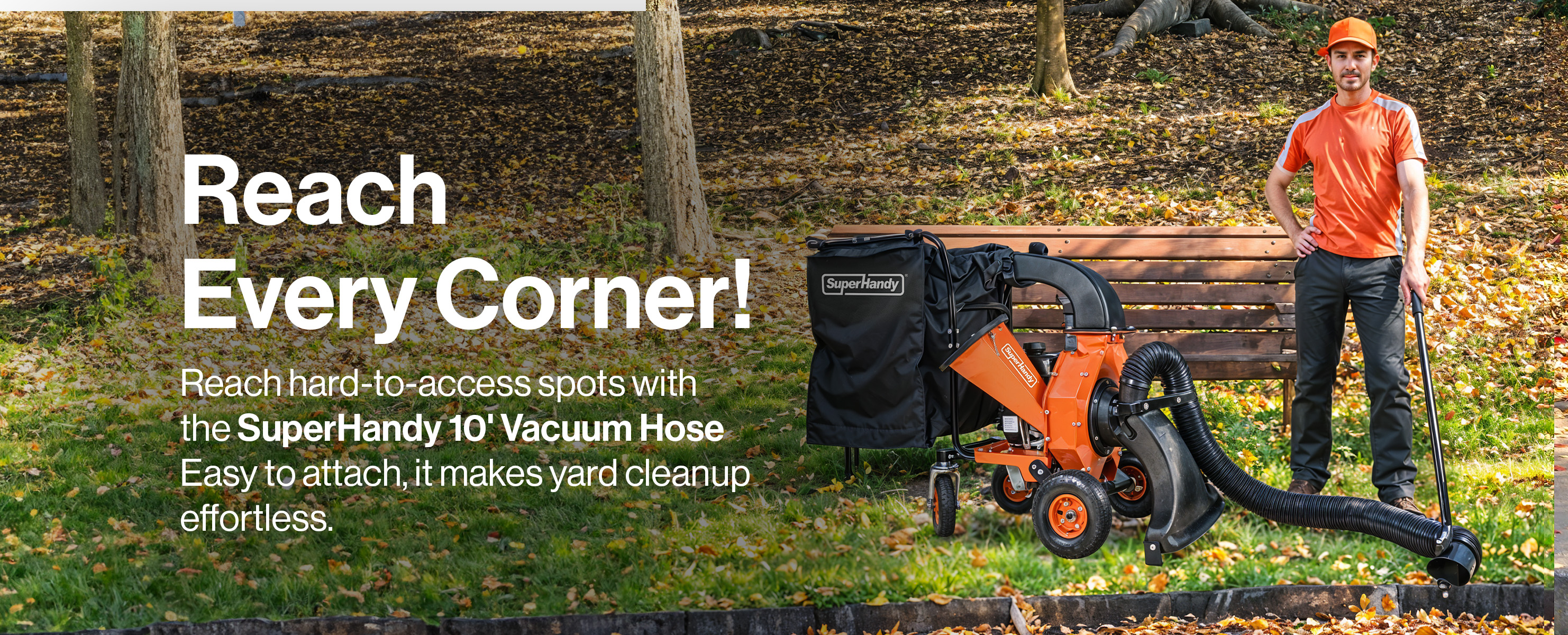
You need to take care of your leaf vacuum. This means you should follow some important maintenance steps. Clean and check your vacuum after every use. Doing this helps your vacuum work well and last longer.
Cleaning Air Filters and Intake Screens
Air filters and intake screens keep the engine safe. Dirt and dust can block these parts. When they get blocked, your vacuum works harder. Clean the filters every time you use the vacuum. Take out the filter and tap it to get rid of dirt. If it is still dirty, use a soft brush to clean it. Some filters can be washed. If yours can, rinse it with water and let it dry before putting it back. Intake screens also need cleaning. Wipe them with a dry cloth or use air to blow away dirt. Clean filters help your vacuum suck up leaves better and protect the engine.
Tip: Never use water on electric parts. Always read your manual to know how to clean your filters.
Clearing Vents and Cooling Fins
Vents and cooling fins stop your vacuum from getting too hot. Leaves and dust can block these parts. This can make the motor overheat. After each use, look at the vents and fins for dirt. Use a soft brush or air to clean them. Do not use water, especially on electric vacuums. Keeping these parts clean helps your vacuum work well and last longer. Cleaning vents and fins often keeps your vacuum ready to use and stops problems.
Inspecting Suction Tubes and Blower Fans
Suction tubes and blower fans move leaves through your vacuum. Sticks, rocks, or wet leaves can block or break these parts. Check the tubes and fans after every use. Look for things stuck inside or cracks. If you find a clog, take it out carefully. Use a brush or stick to clear the tube. For the fan, make sure nothing is stuck in the blades. If you see damage, replace the part before using the vacuum again. Checking and cleaning these parts helps your vacuum stay strong and not break down.
Check and clean air filters, cooling parts, and fasteners often for best results.
Looking after the air intake and filter keeps dirt out of the engine and helps your vacuum stay strong.
Cleaning vents, cooling fins, and fans stops overheating and keeps your vacuum working well.
Check and tighten screws, nuts, and bolts to keep your vacuum safe and strong.
Exterior Cleaning Tips
The outside of your vacuum needs care too. Wipe the body with a dry or damp cloth. Do not spray water on the vacuum, especially near switches or plugs. Use a soft brush to clean around buttons and seams. Move leaves in small piles to stop clogs and help your vacuum. Dry leaves are best and stop clumps inside the machine. When moving leaves, use tarps or push tools instead of rakes to protect your vacuum. These steps help your vacuum work well all season.
Note: Good care, like cleaning and careful use, can make leaf piles much smaller. This makes your job easier and keeps your vacuum safe.
If you follow these tips, your leaf vacuum will work better. Clean filters, clear vents, and regular checks keep your vacuum strong. With good care, you get a clean yard and a vacuum that lasts.
Leaf Vacuum Equipment Storage
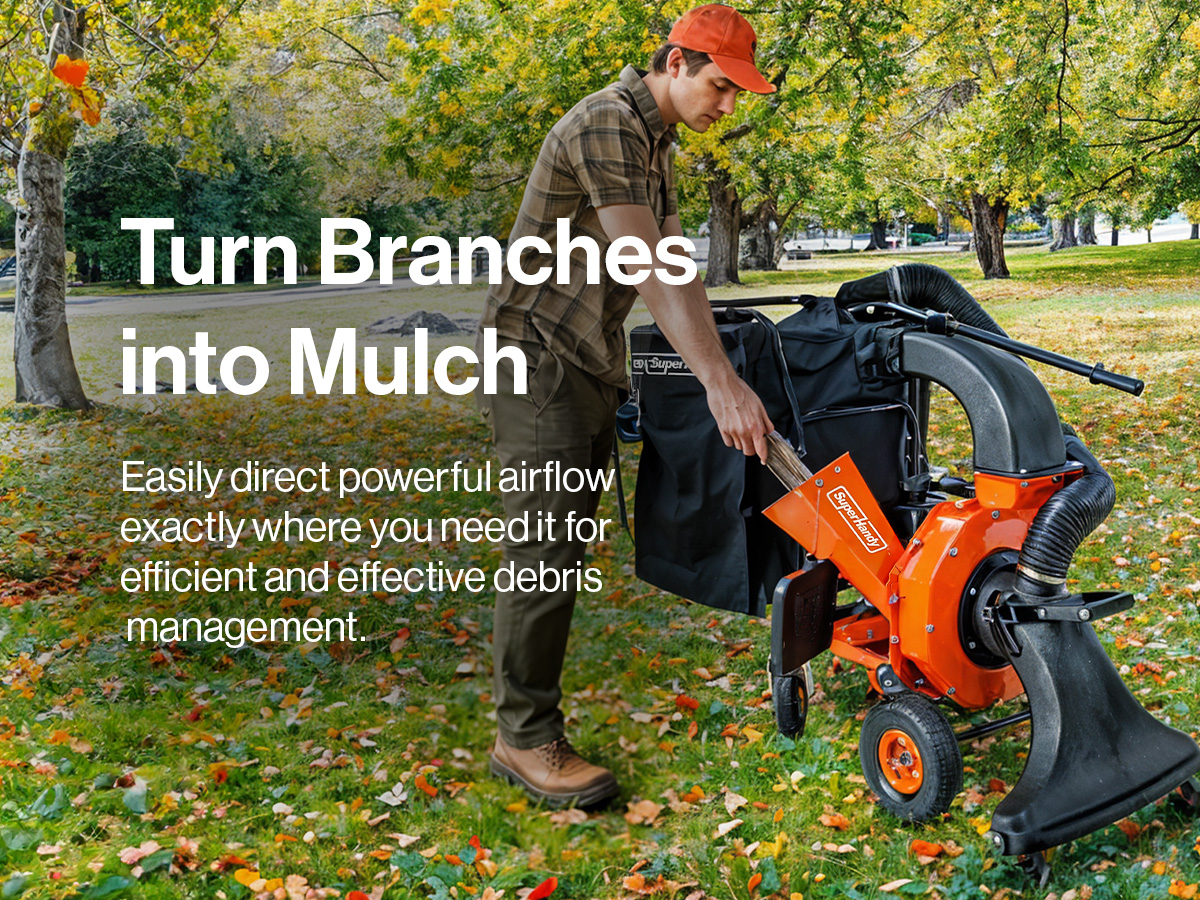
Storing in a Clean, Dry Place
You need to store your leaf vacuum equipment in a spot that stays dry and clean. Moisture can damage the motor and metal parts. Choose a place like a garage or a shed. Keep your equipment off the ground by placing it on a shelf or a pallet. This step helps you avoid water damage if the floor gets wet. Cover your leaf vacuum equipment with a cloth or tarp to keep dust away. Never leave your equipment outside in the rain or snow. Extreme weather can cause rust and make the machine stop working well.
Tip: Always unplug electric models before storing them. Remove batteries if your vacuum uses them. This step keeps your equipment safe and ready for the next season.
Off-Season Inspection and Care
Before you put your leaf vacuum equipment away for a long time, check it for any problems. Look for cracks, loose screws, or worn-out parts. Clean out any leaves or dirt left inside. You should check your equipment every few weeks during storage. Watch for signs of pests, like chewed wires or nests. If you see moisture or rust, dry the area and wipe it clean. This preventive care helps you catch small issues before they become big problems. When you take care of your equipment, you make sure it works well when you need it again.
Leaf Vacuum Operating Tips
Avoiding Overloading
You should avoid overloading your leaf vacuum. When you feed too many leaves into the vacuum at once, the machine can clog or even shut down. Large or wet piles make the vacuum work harder and slow down your cleaning. If you handle smaller amounts of leaves at a time, you help the vacuum run better. Performance data and user feedback show that vacuuming smaller, dry piles improves mulching and prevents blockages. This method keeps your vacuum running at peak efficiency and helps you finish the job faster.
Tip: Always vacuum dry leaves in small piles. This step keeps your vacuum from clogging and makes your work easier.
Using Proper Throttle Settings
Most leaf vacuums have throttle controls. You can adjust the power based on the job. Use a lower throttle for light, dry leaves. This setting saves energy and reduces noise. For heavier or damp leaves, increase the throttle. Do not use full power all the time. High throttle settings can wear out the vacuum faster. Adjust the throttle to match the amount and type of leaves you need to collect. This habit helps you get the best results and keeps your vacuum in good shape.
Throttle Setting |
Best For |
Benefits |
|---|---|---|
Low |
Dry, light leaves |
Less noise, saves energy |
Medium |
Mixed leaf piles |
Good balance |
High |
Wet or heavy leaves |
More power, faster work |
Pre-Cleaning Large Debris
Before you start vacuuming, check your yard for large debris. Sticks, rocks, and thick branches can damage the vacuum. Pick up these items by hand and move them out of the way. Only use the vacuum for leaves and small debris. This step protects the suction tubes and blower fans. You also prevent clogs and keep the vacuum working smoothly. If you see big piles, break them into smaller sections before vacuuming. This method helps you avoid problems and keeps your vacuum safe.
Note: Keep an extra collection bag handy if you work in dusty or sandy areas. Changing bags often helps you collect more leaves without spreading dust.
Handling Wet Leaves
Wet leaves can be hard for your vacuum to handle. They stick together and can clog the machine. Try to wait until the leaves dry before you start vacuuming. If you must vacuum wet leaves, go slowly and use a higher throttle setting. Check the intake and tubes often for clogs. Clean out any stuck leaves right away. Wet leaves can also make the collection bag heavier. Empty the bag more often to prevent damage. Always let the vacuum dry after use to stop rust and mold.
Tip: For best results, vacuum only dry leaves. This step gives you less dust and better performance.
By following these tips, you help your leaf vacuum last longer and work better. You also save time and effort while keeping your yard clean.
Replacement Parts and Accessories
Finding Parts
You need to use the right parts to keep your vacuum running well. Genuine parts from the manufacturer fit your machine best. These parts help your vacuum work smoothly and last longer. Many users trust original parts because they match the design of your equipment. When you replace parts like fuel filters, tune-up kits, or purge bulbs, you protect the engine and improve performance.
Fuel filters remove dirt that can harm the carburetor. Clean fuel helps your vacuum start and run without trouble.
Tune-up kits include air filters, spark plugs, and fuel filters. Replacing these every three months or after 90 hours of use keeps your vacuum strong and saves fuel.
Purge bulbs move fuel from the tank to the carburetor. This part helps your vacuum start quickly and run well.
Many customers report better results and longer life when they use genuine parts. You can find these parts at local dealers or on trusted websites. Always check your manual for the right part numbers.
Choosing Accessories
The right accessories make your vacuum easier to use. You can pick from different collection bags, extension tubes, or special nozzles. Some bags hold more leaves, so you empty them less often. Extension tubes help you reach under bushes or into tight spots. Special nozzles can pick up wet leaves or small debris better.
Look for accessories made for your model. These fit better and work safely. Good accessories help you finish yard work faster and keep your equipment in top shape. Try new tools to see what works best for your yard.
You keep your leaf vacuum in top shape when you follow regular maintenance and smart operation. These habits help you avoid problems and boost performance. A little care saves you time and money. Enjoy a clean yard with less hassle all season long!
Make these steps part of your routine for best results.
FAQ
How often should you clean your leaf vacuum’s air filter?
You should clean the air filter after every use. A clean filter helps your vacuum work better and last longer.
Can you use a leaf vacuum on wet leaves?
You can use it, but dry leaves work best. Wet leaves may clog the vacuum and make it harder to clean your yard.
What should you do if your leaf vacuum loses suction?
Check for clogs in the tubes or bag. Clean the air filter and intake screen. Replace damaged parts if needed. This restores suction quickly.


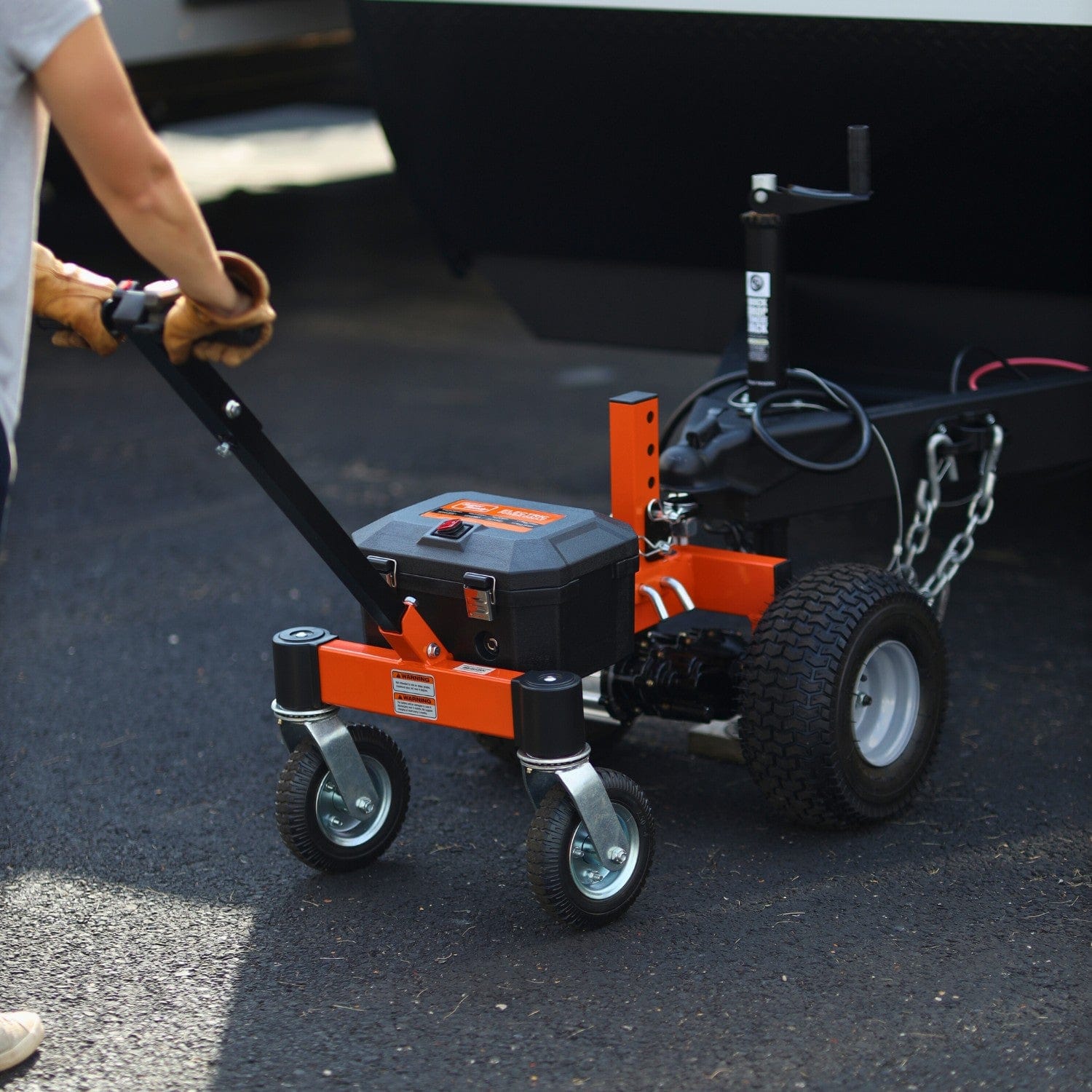
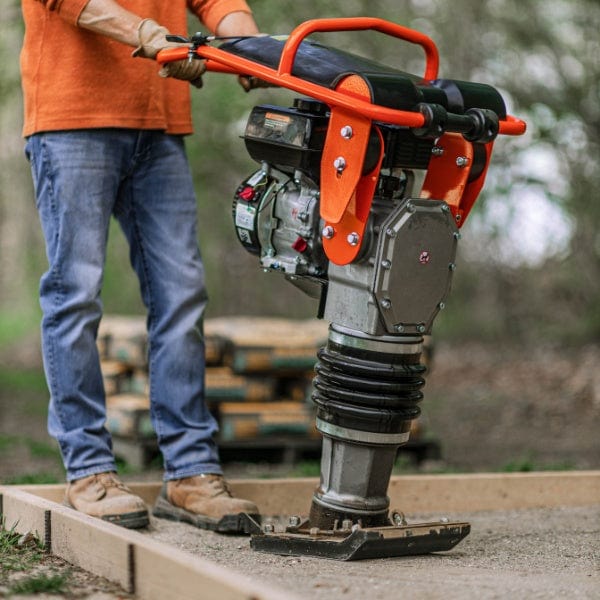
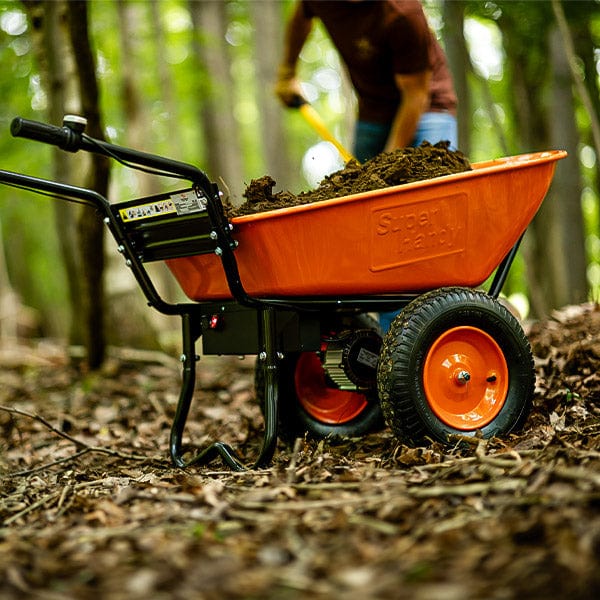


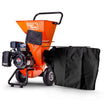
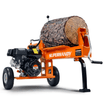

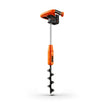
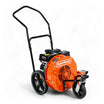
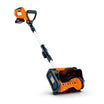
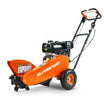
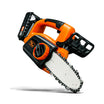

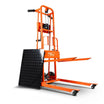
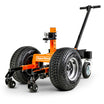
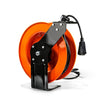
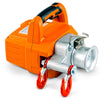


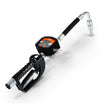
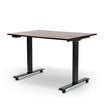
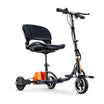
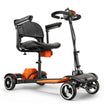
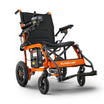


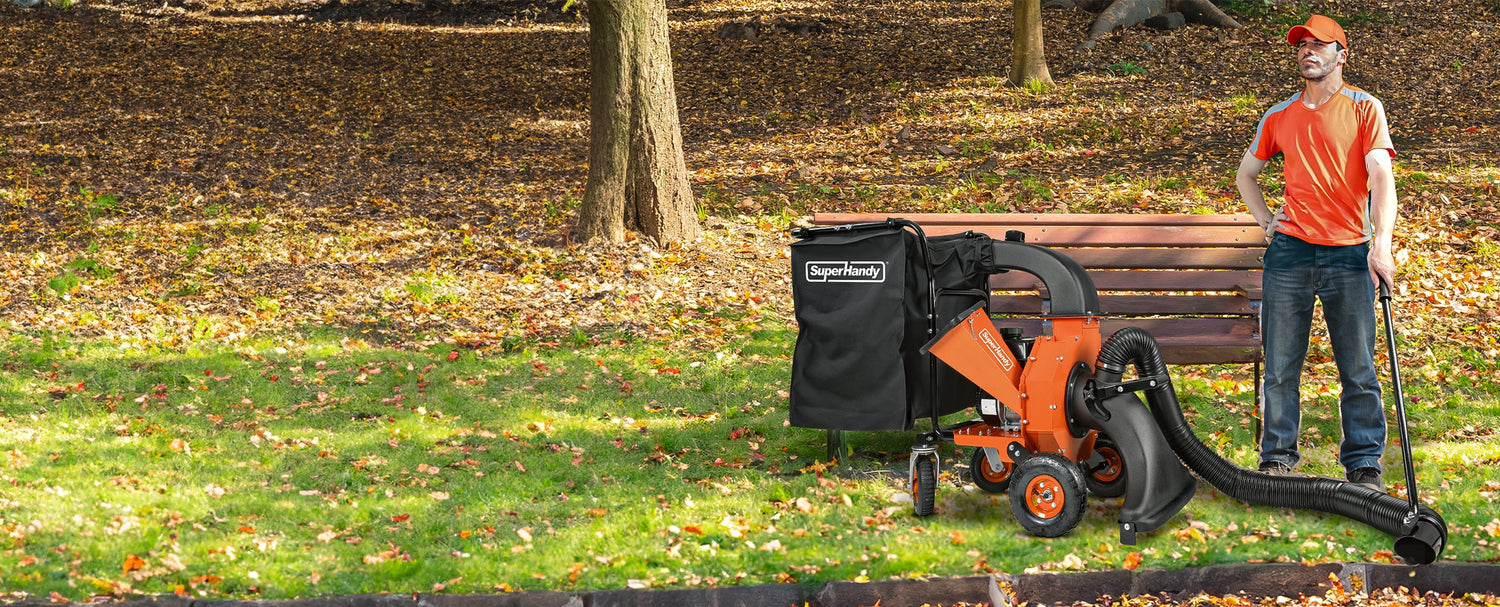
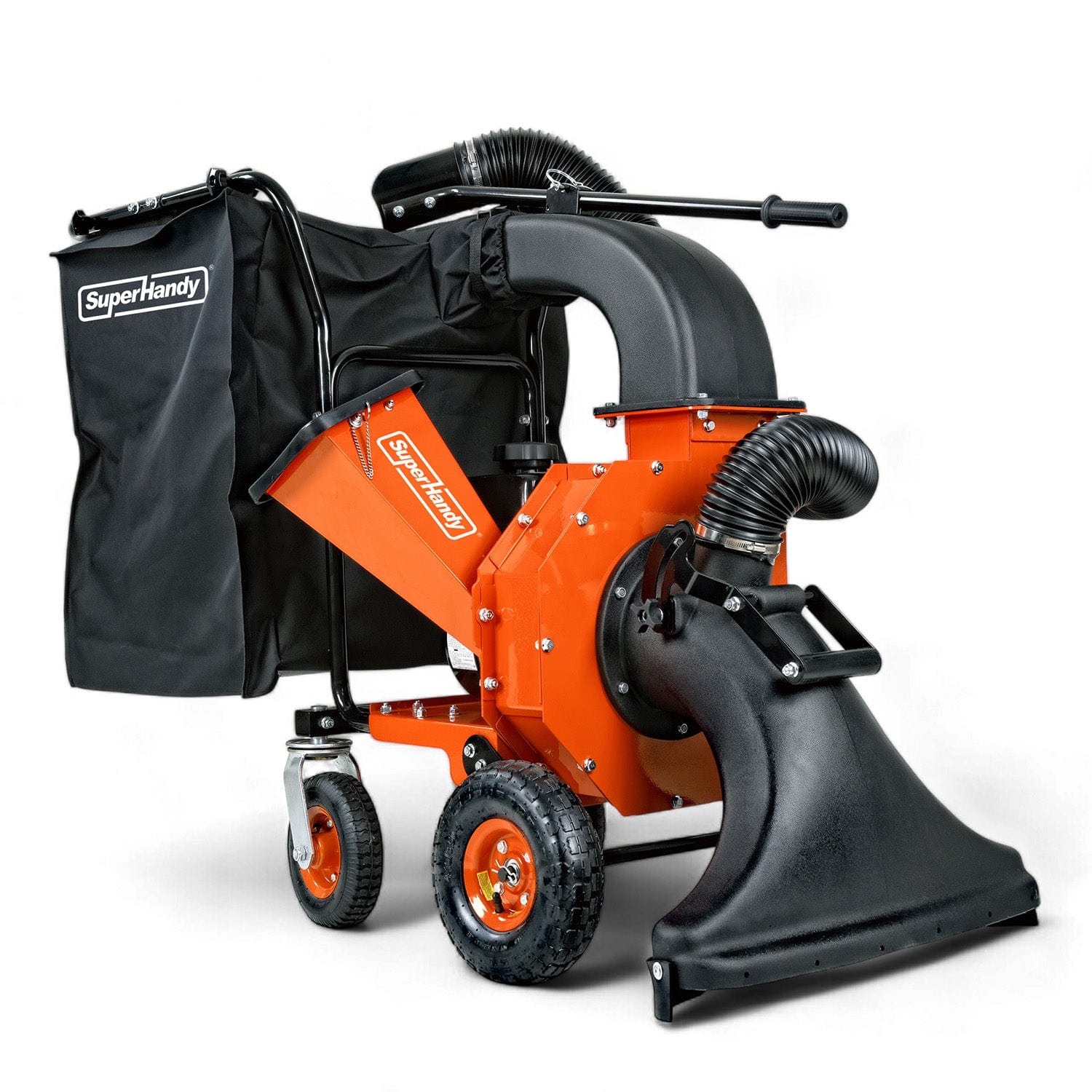
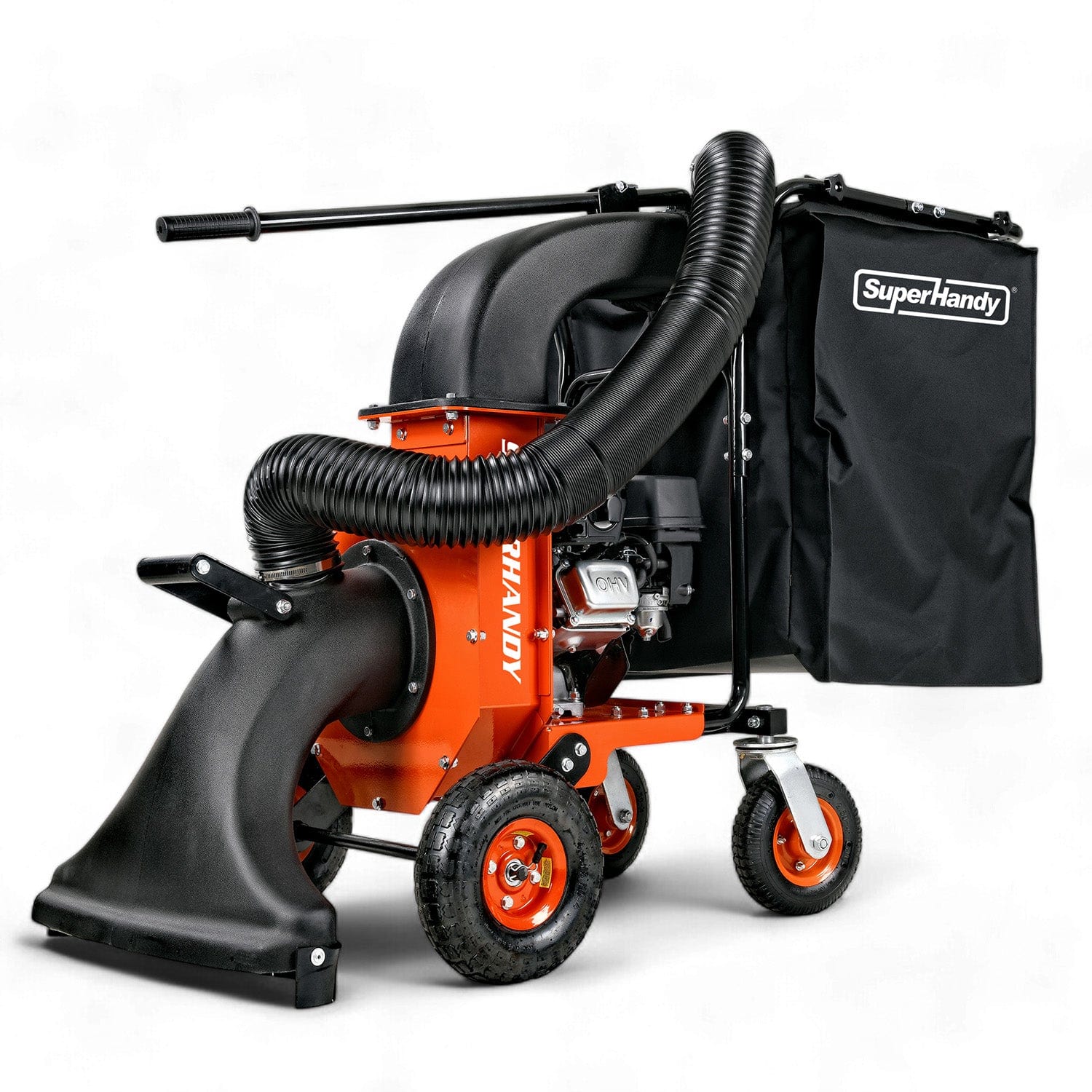
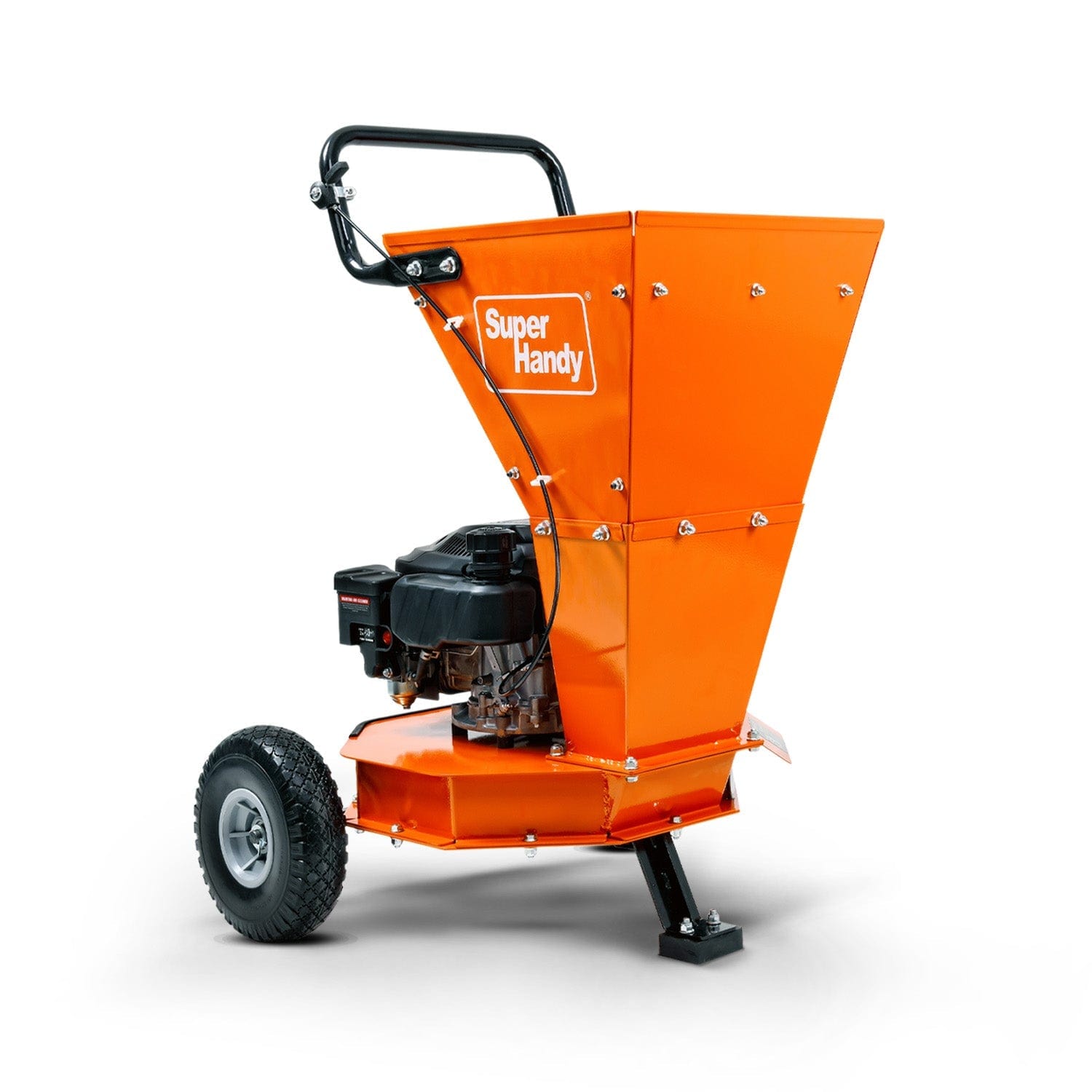
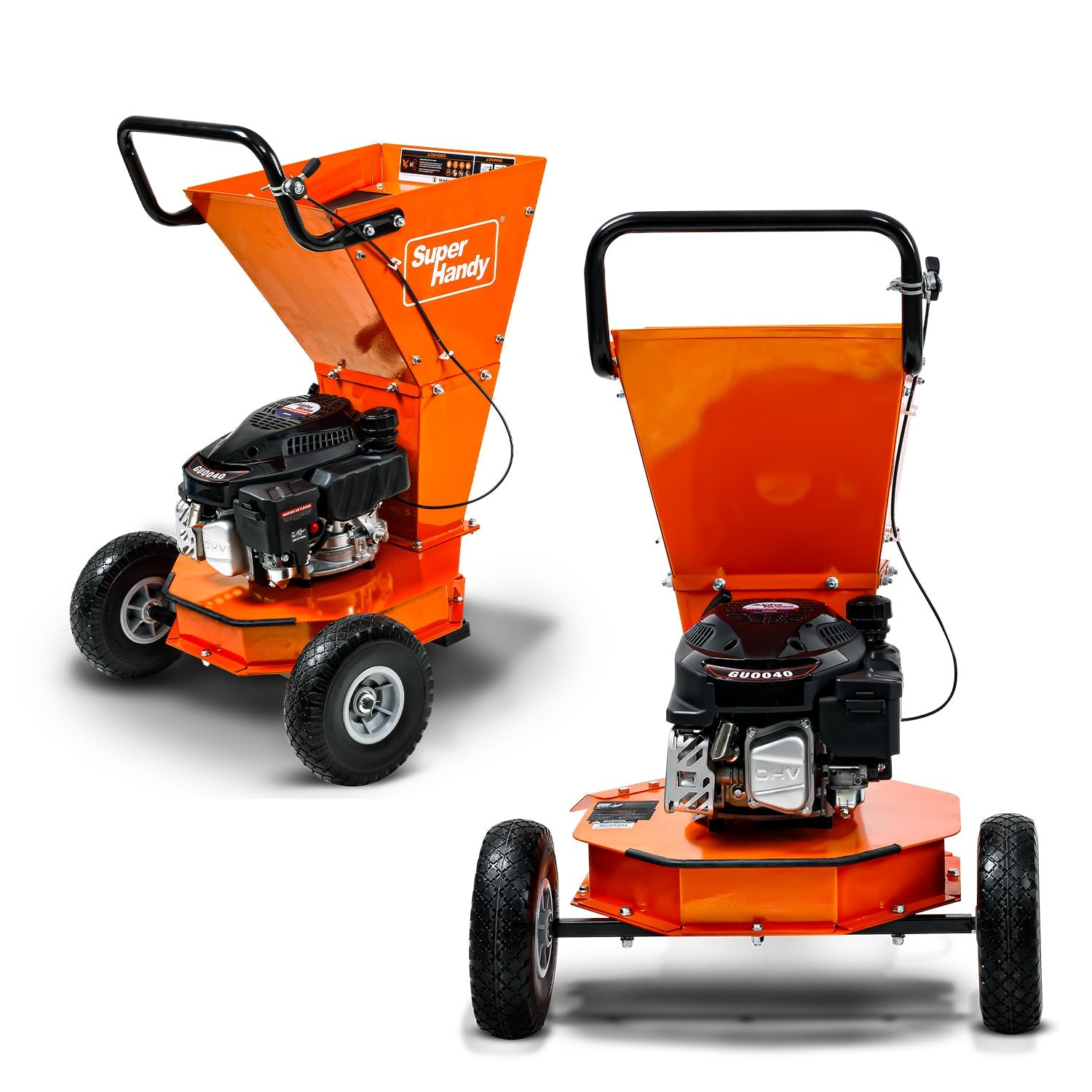
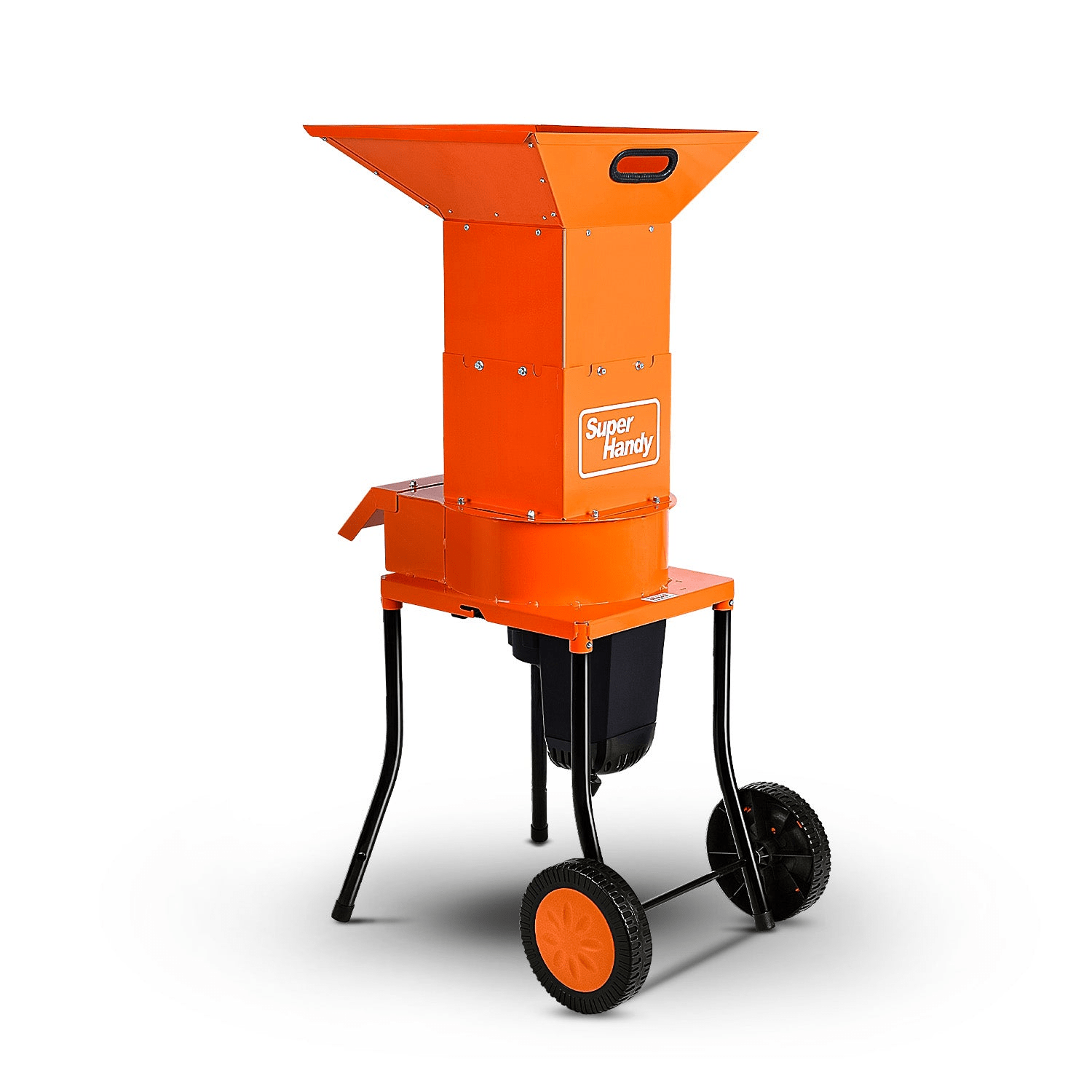
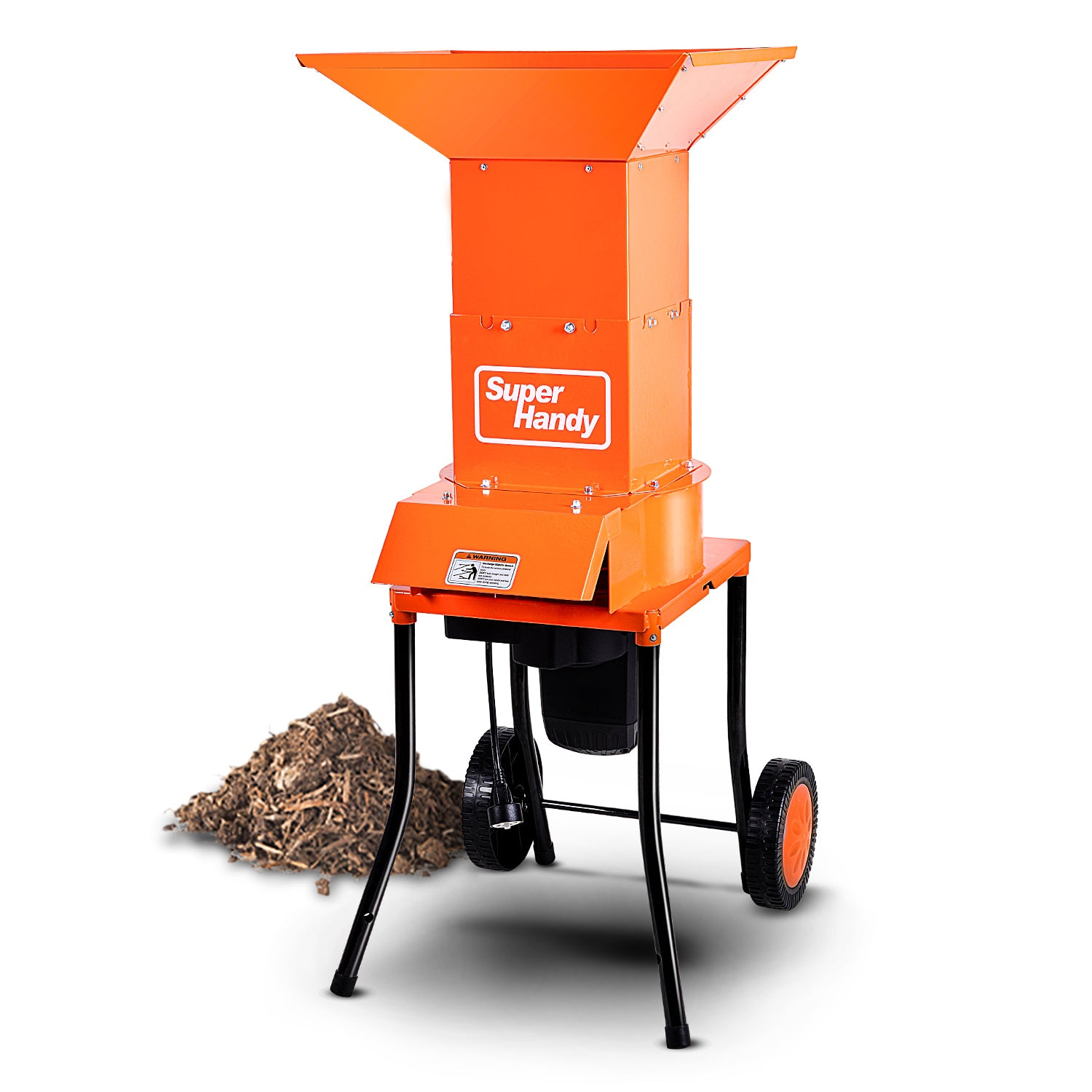
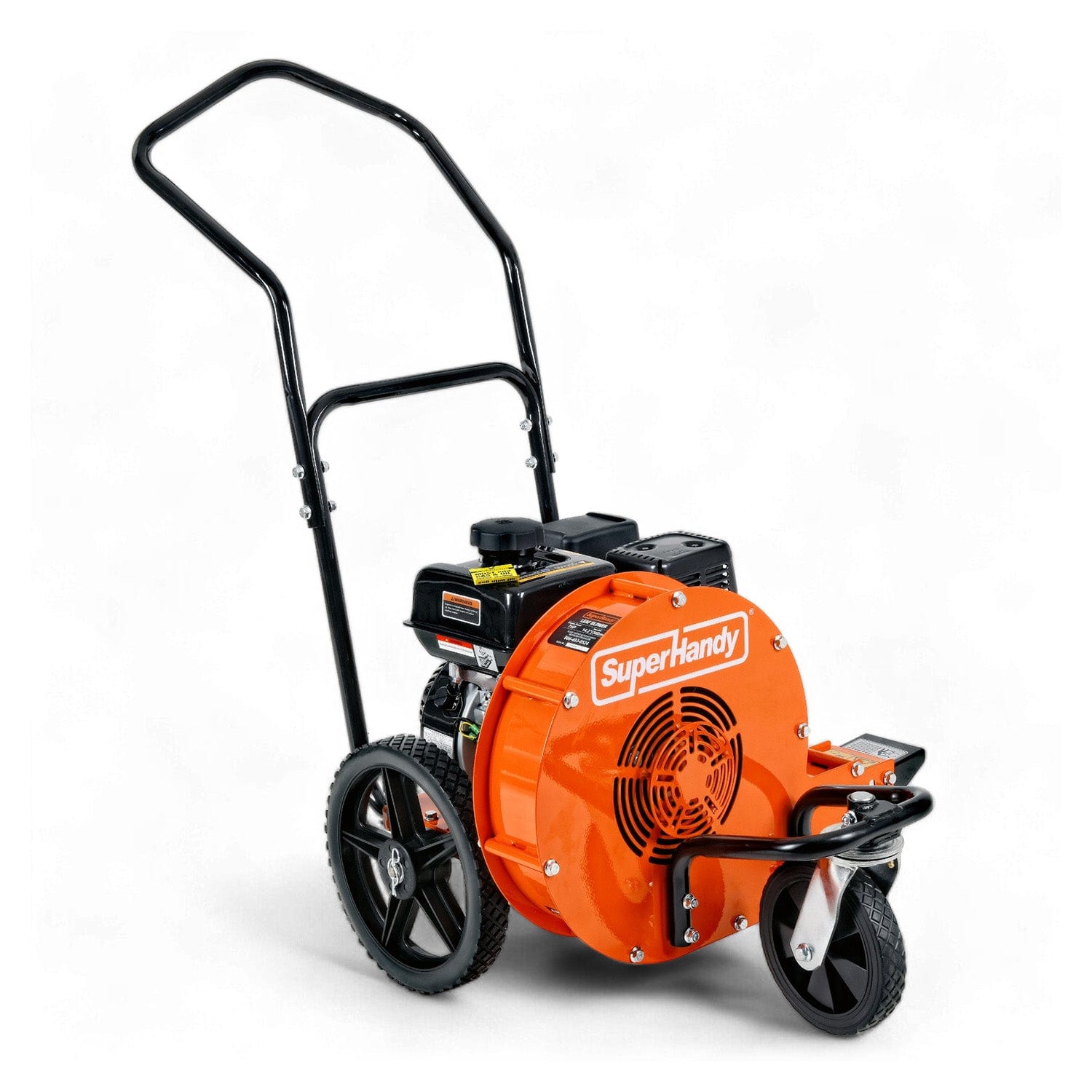
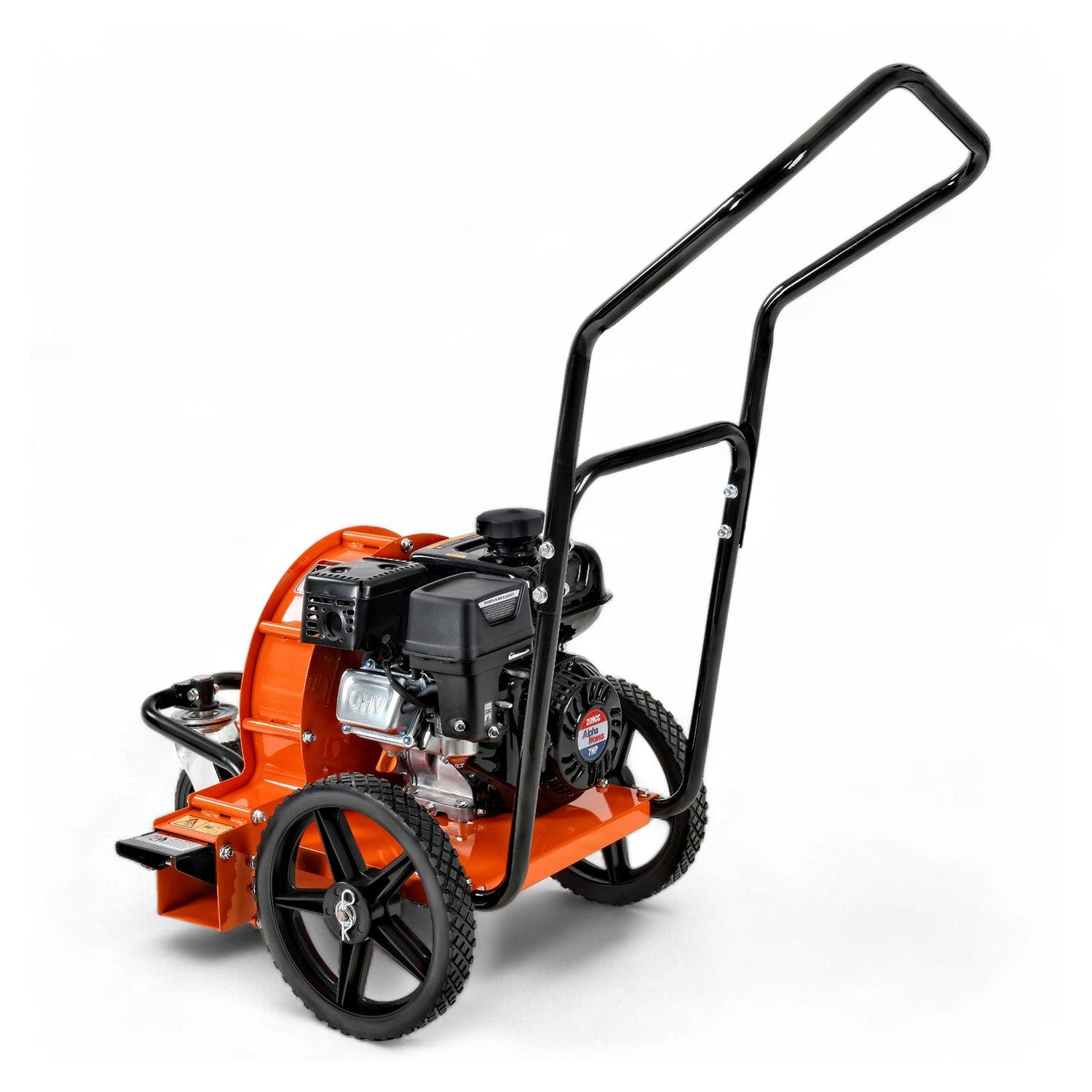

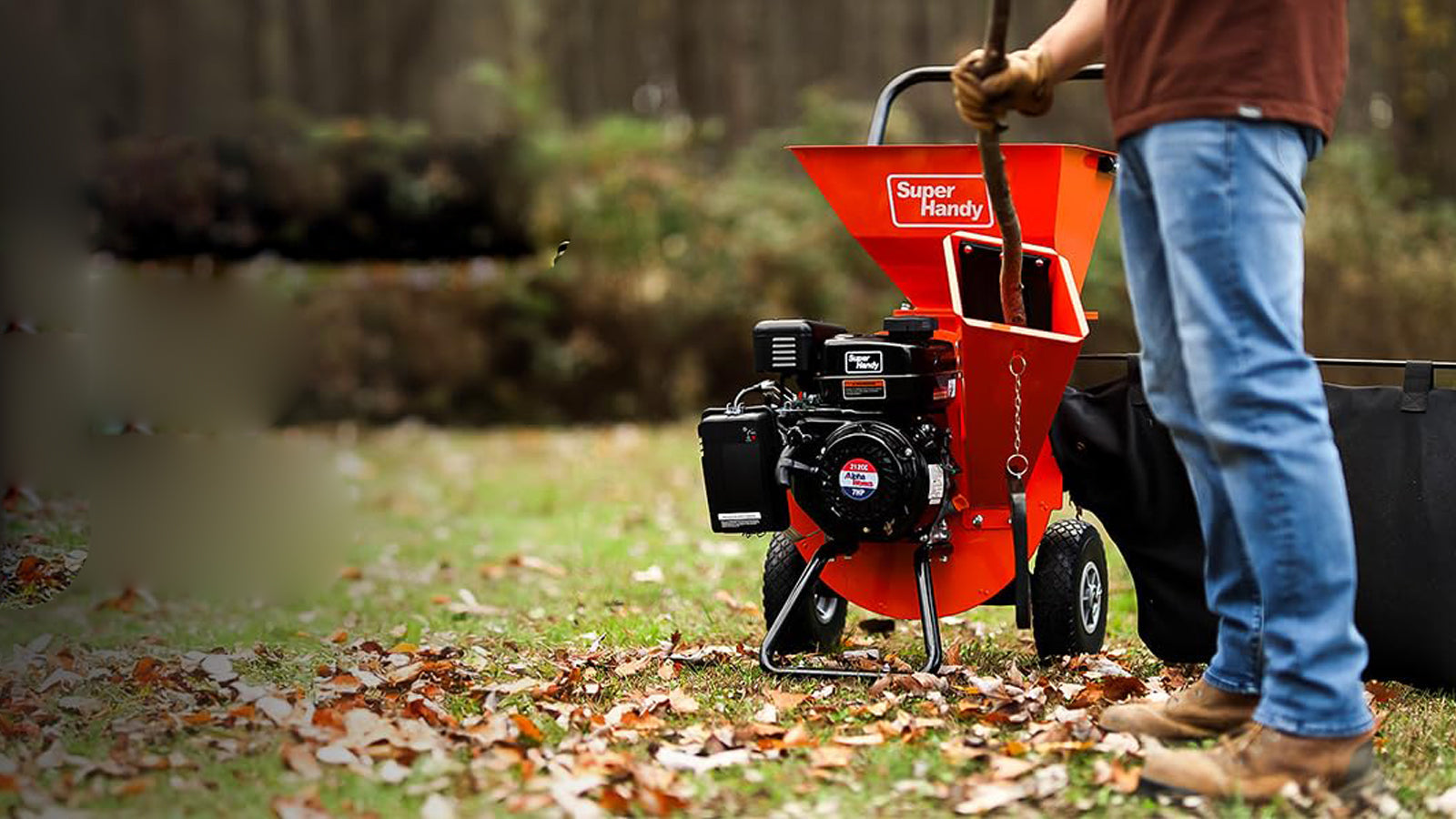
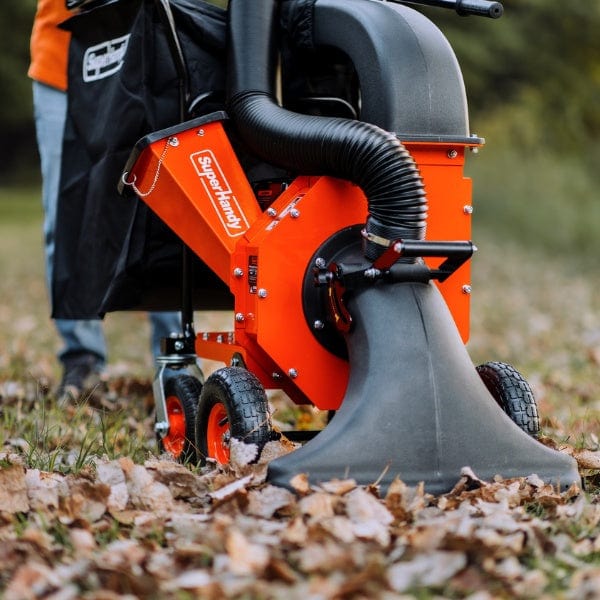
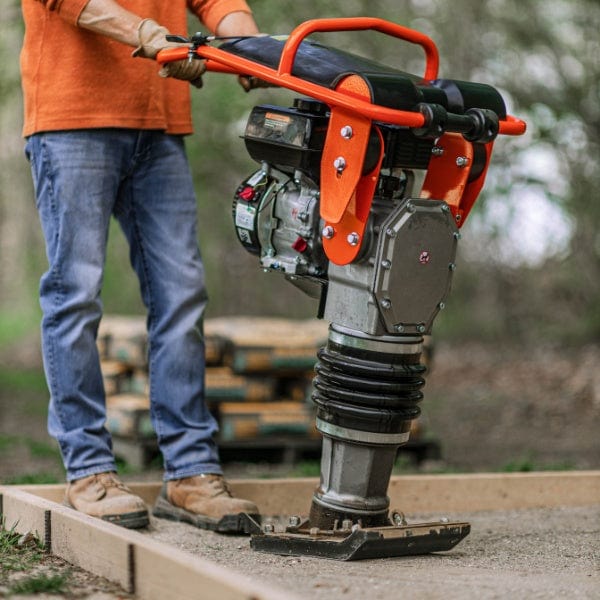

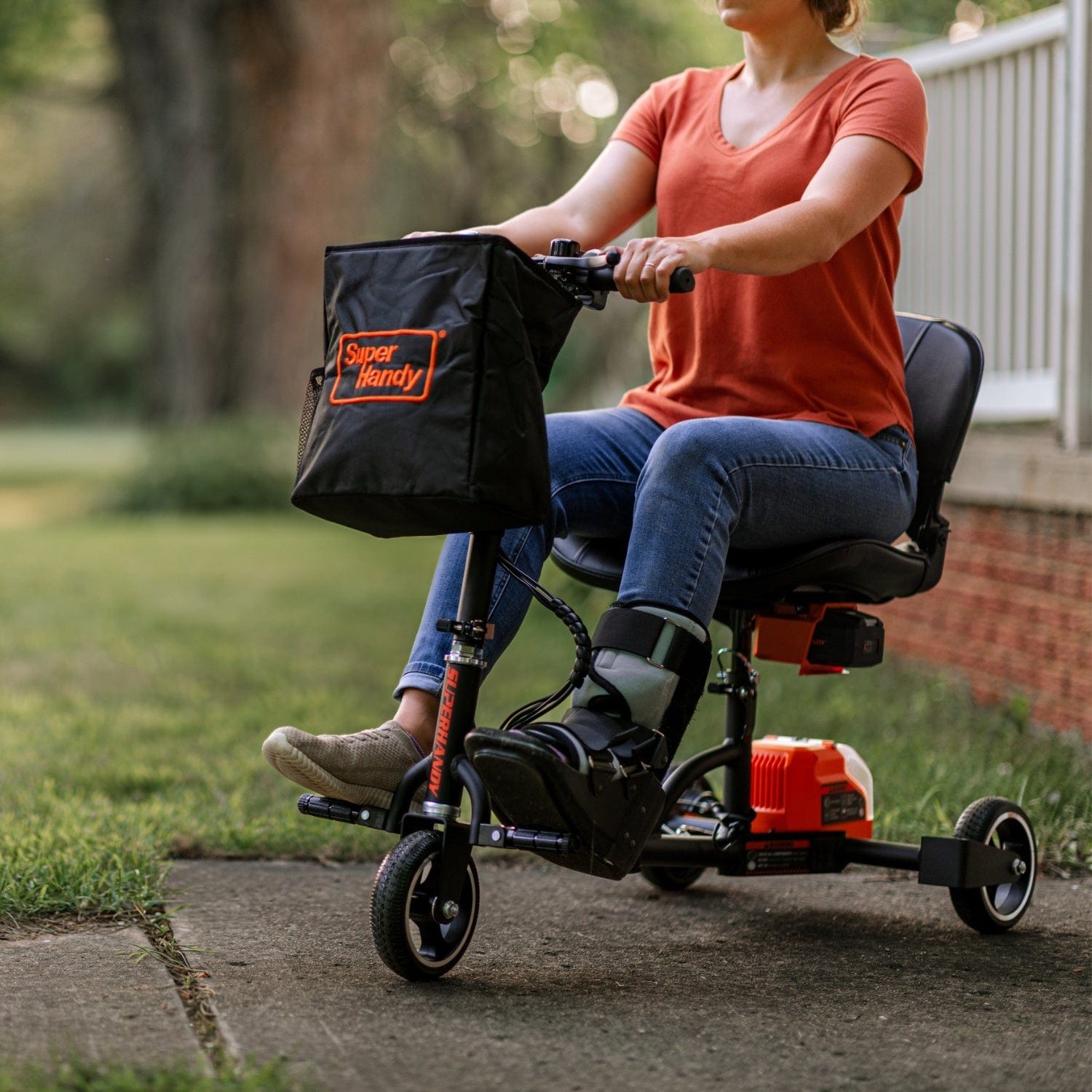
Leave a comment
All comments are moderated before being published.
This site is protected by hCaptcha and the hCaptcha Privacy Policy and Terms of Service apply.